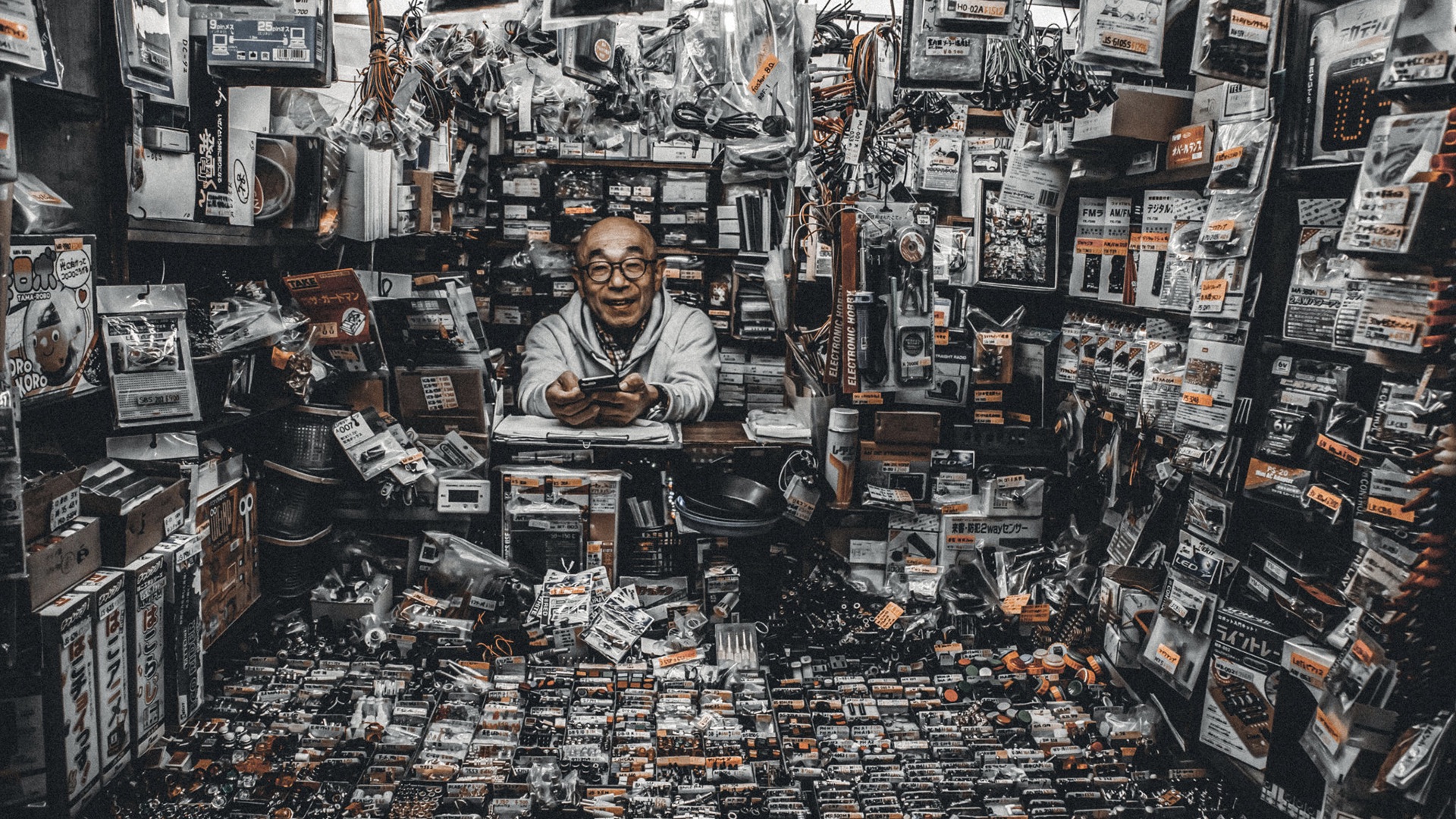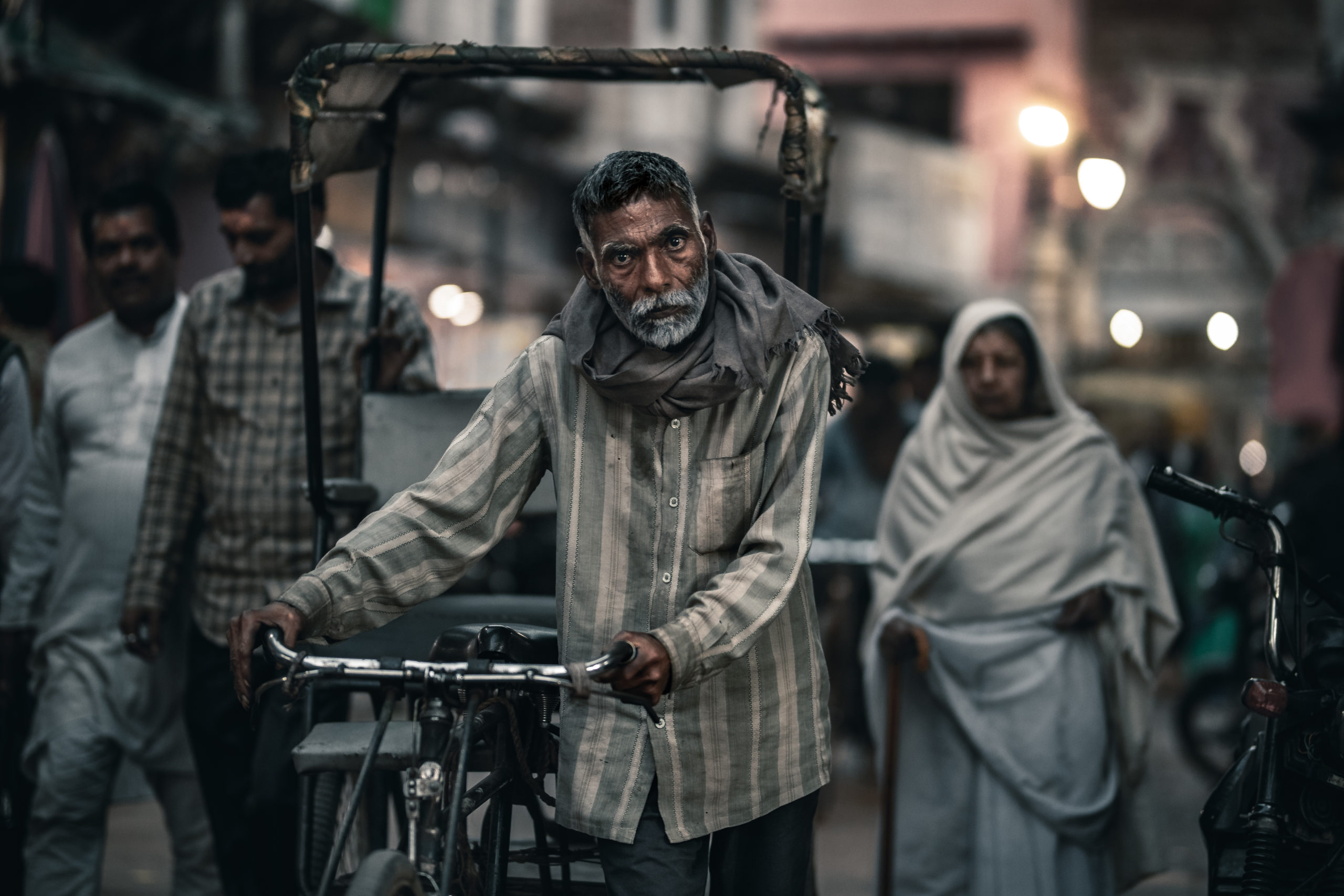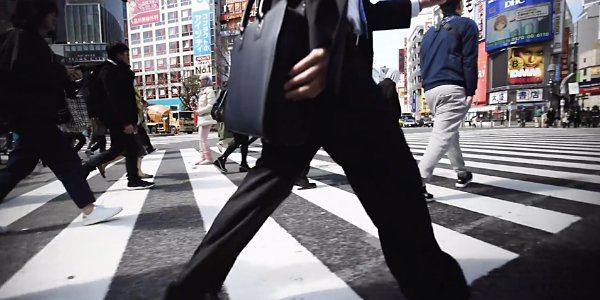9 Simple Techniques For Street Photographers
Street Photographers for Dummies
Table of ContentsStreet Photographers Things To Know Before You Get ThisThe smart Trick of Street Photographers That Nobody is Talking AboutSome Known Incorrect Statements About Street Photographers Everything about Street Photographers10 Easy Facts About Street Photographers Described
Street digital photographers do not necessarily have a social function in mind, yet they prefer to isolate and catch moments which might otherwise go unnoticed.He was affected by many of those who influenced the street professional photographers of the 1950s and '60s, he was not primarily interested in capturing the spirit of the street., who worked side by side with professional photographers trying to capture the essence of urban life.
As a result of the fairly primitive technology offered to him and the long exposure time needed, he had a hard time to record the pressure of the Paris roads. He tried out with a collection of photo approaches, trying to find one that would certainly permit him to record activity without a blur, and he located some success with the calotype, patented in 1841 by William Henry Fox Talbot. In comparison to Atget, photographer Charles Marville was hired by the city of Paris to create an encyclopaedic document of Haussmann's urban preparation task as it unravelled, hence old and brand-new Paris. While the digital photographers' topic was essentially the exact same, the results were substantially different, demonstrating the influence of the digital photographer's bent on the personality of the pictures he generated.
Facts About Street Photographers Uncovered
Offered the fine high quality of his pictures and the breadth of material, engineers and musicians typically acquired Atget's prints to utilize as referral for their own work, though industrial rate of interests were rarely his main motivation. Rather, he was driven to photo every last remnant of the Paris he loved.

Unlike his peers, Brassa used a larger-format Voigtlnder camera with a much longer exposure time, requiring him to be more calculated and thoughtful in his practice than he may have been if using a Leica. (It is believed that he might not have had the ability to afford a Leica back then, but he did, nonetheless, use one in the late 1950s to take colour photos.) Brassa's photos of the Paris abyss brightened by man-made light were a revelation, and the compilation of the collection that he published, (1933 ), was a major success.

More About Street Photographers
It is due to this fundamental understanding of the art of photo taking that he is often credited with discovering the medium around once more approximately a century because its innovation. He took photos for greater than a half century and influenced generations of photographers to trust their eye and official website instinct in the minute.
These are the questions I shall try to respond to: And afterwards I'll leave you with my very own definition of road photography. Yes, we do. Let's begin with defining what a definition is: According to it is: "The act of defining, or of making something definite, distinctive, or clear".
No, absolutely not. The term is both limiting and misleading. Seems like a street digital photography must be pictures of a streets best?! And all road photographers, except for a handful of absolute novices, will completely appreciate that a street is not the key part to street photography, and in fact if it's a picture of a street with perhaps a couple of you could try here dull individuals doing nothing of passion, that's not road photography that's a photo of a street.
The Best Guide To Street Photographers
He makes a legitimate point don't you assume? However, while I agree with him I'm not exactly sure "honest public digital photography" will catch on (although I do kind of like the term "honest photography") since "street photography" has been around for a very long time, with several masters' names connected to it, so I believe the term is here to remain.
You can fire at the beach, at a festival, in a street, in a park, in a piazza, in a cafe, at a gallery or art gallery, in a metro terminal, at an occasion, on a bridge, under a bridge ...
The 5-Minute Rule for Street Photographers
Yes, I'm afraid we worried no choice! Without guidelines we can not have a meaning, and without a definition we don't have a style, and without a genre we do not have anything to specify what we do, and so we are stuck in a "rules meaning style" loophole! - Street Photographers
